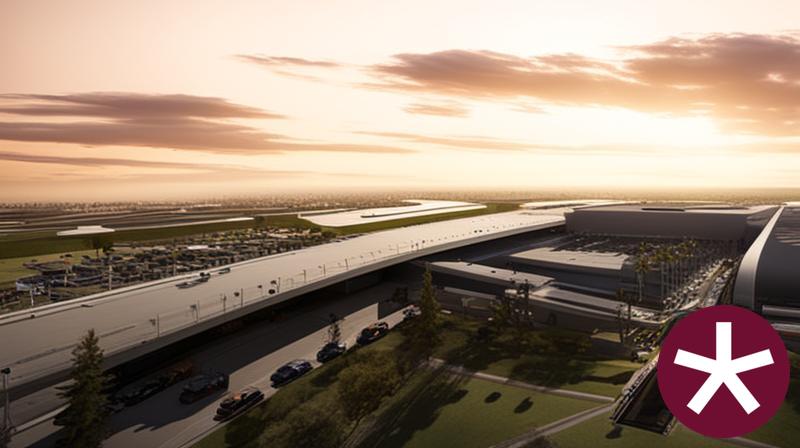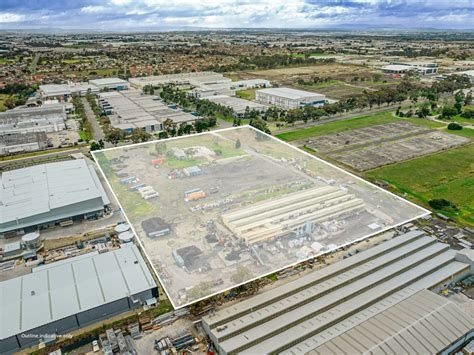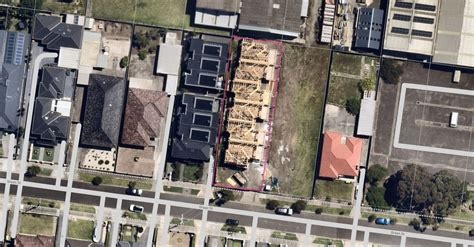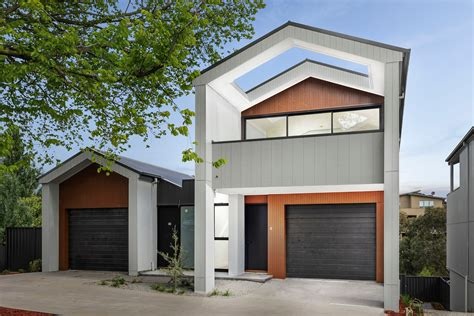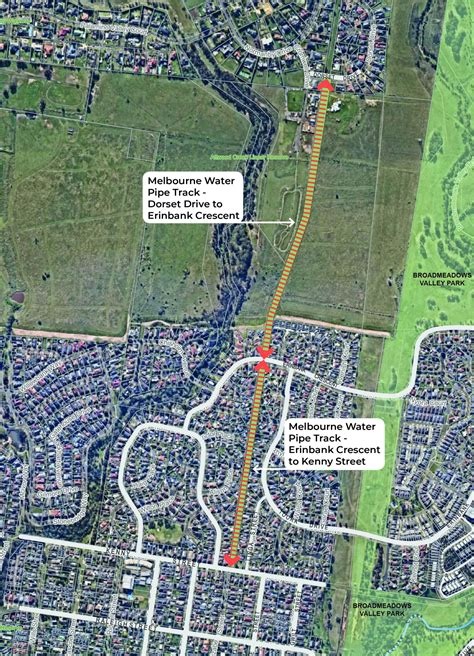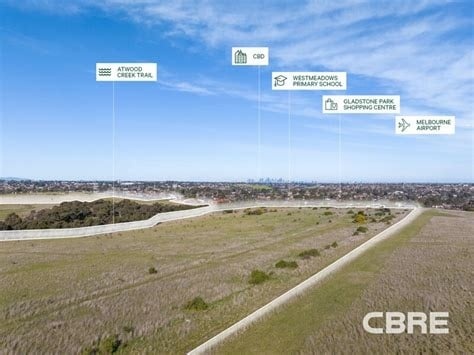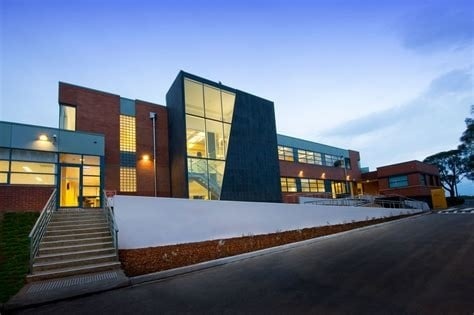Chart Color Schemes
est. as @ -- *
ABS ERP | -- people | --
2021 Census | -- people
Sales Activity
Curious about local property values? Filter the chart to assess the volume and appreciation (including resales) trends and regional comparisons, or scroll to the map below view this information at an individual property level.
Find a Recent Sale
Sales Detail
Population
Gladstone Park - Westmeadows has seen population growth performance typically on par with national averages when looking at short and medium term trends
Gladstone Park - Westmeadows' population, as of August 2025, is approximately 18,326. This figure represents an increase of 302 people from the 2021 Census count of 18,024, reflecting a 1.7% growth rate. The estimated resident population in June 2024 was 18,264, with an additional 80 validated new addresses since the Census date contributing to this change. This results in a population density ratio of 1,314 persons per square kilometer, higher than the average across national locations assessed by AreaSearch. Overseas migration accounted for approximately 82.5% of overall population gains during recent periods.
AreaSearch uses ABS/Geoscience Australia projections for each SA2 area, released in 2024 with a base year of 2022. For areas not covered by this data, AreaSearch employs the VIC State Government's Regional/LGA projections from 2023, adjusting using weighted aggregation methods to SA2 levels. Growth rates by age group are applied across all areas for years 2032 to 2041. By 2041, a significant population increase is forecast in the top quartile of statistical areas analysed by AreaSearch, with an expected growth of 6,400 persons, representing a 34.6% total increase over the 17-year period.
Frequently Asked Questions - Population
Development
AreaSearch assessment of residential development drivers sees a low level of activity in Gladstone Park - Westmeadows, placing the area among the bottom 25% of areas assessed nationally
Gladstone Park - Westmeadows has recorded approximately 92 residential properties granted approval annually. Development approval data is produced by the ABS on a financial year basis, showing 460 homes over the past five financial years from FY-20 to FY-25, with three approvals so far in FY-26. The area has experienced population decline, suggesting new supply has kept pace with demand, offering good choice to buyers. New homes are being built at an average construction cost of $440,000, aligning with regional patterns.
This financial year, $8.6 million in commercial development approvals have been recorded, indicating limited commercial development focus compared to Greater Melbourne where building activity is 85.0% higher per person on average. The scarcity of new homes typically strengthens demand and prices for existing properties due to this lower than average supply nationally, reflecting the area's maturity and possible planning constraints. Recent construction comprises 45.0% detached dwellings and 55.0% townhouses or apartments, marking a significant shift from the current housing pattern of 89.0% houses, suggesting diminishing developable land availability and responding to evolving lifestyle preferences and housing affordability needs. With around 545 people per dwelling approval, Gladstone Park - Westmeadows shows a developed market. Population forecasts indicate the area will gain 6,338 residents by 2041. At current development rates, housing supply may struggle to match population growth, potentially heightening buyer competition and supporting price increases.
Population forecasts indicate Gladstone Park - Westmeadows will gain 6,338 residents through to 2041. At current development rates, housing supply may struggle to match population growth, potentially heightening buyer competition and supporting price increases.
Frequently Asked Questions - Development
Infrastructure
Gladstone Park - Westmeadows has moderate levels of nearby infrastructure activity, ranking in the top 50% nationally
Changes to local infrastructure significantly impact an area's performance. AreaSearch identified 54 projects likely affecting the region. Notable initiatives include the Greenvale to Attwood Shared Path Project, located at 9 Tindale Court, Attwood. The Department of Primary Industries' (DPI) Attwood Redevelopment Stage 1 and Hume Central - Broadmeadows Town Centre Transformation are also key projects. Below is a list detailing those expected to have the most relevance.
Professional plan users can use the search below to filter and access additional projects.
INFRASTRUCTURE SEARCH
Frequently Asked Questions - Infrastructure
Suburban Rail Loop North - Broadmeadows Station
Major underground rail station as part of the Suburban Rail Loop North from Box Hill to Melbourne Airport. Broadmeadows will become a transport superhub connecting regional and metropolitan services, with around 8500 regional passengers expected daily by the 2050s. It will provide faster access to destinations around Melbourne, reduce travel times, and improve connectivity for the Hume corridor.
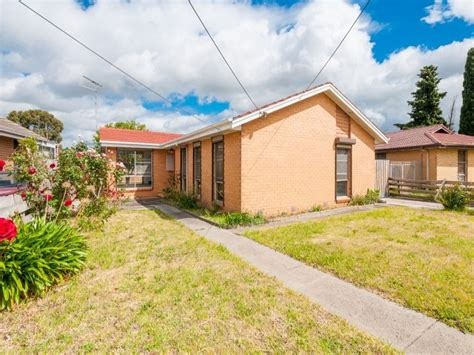
Hume Central - Broadmeadows Town Centre Transformation
Transformation of land around Broadmeadows Town Hall, Global Learning Centre, and Council Offices into a vibrant and active town centre for people to visit, work, learn, and connect. Recently launched Broadmeadows Precinct Roadmap with federal funding to address education, local business growth, housing, and job creation.
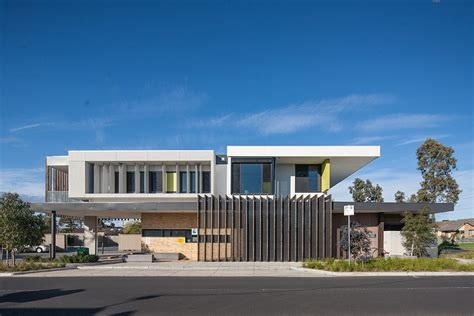
Broadmeadows Activity Centre Plan
The Broadmeadows Activity Centre Plan is a finalised strategy by the Department of Transport and Planning to guide development in the Broadmeadows activity centre over the next 10 to 30 years. It aims to unlock at least 3,000 new homes by 2051, promote housing diversity, employment, services, and public spaces, while ensuring sustainable growth and improved connectivity.
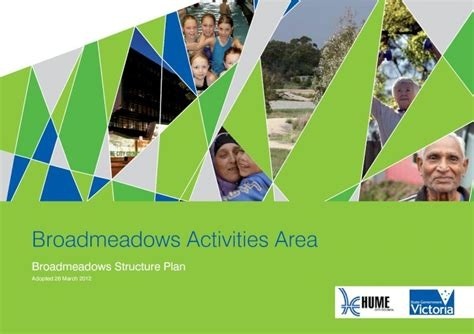
Hume Central Redevelopment
Council-led renewal to transform the Broadmeadows town centre into a mixed-use precinct with a new town square, improved civic spaces, a study hub, car park, potential hotel and mixed-use building, and upgrades to public realm and infrastructure to support jobs, learning and community life.
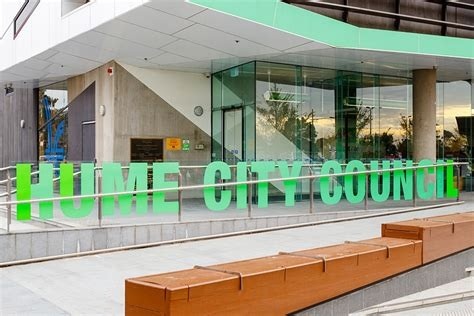
Northmeadows Strategic Site
60-hectare urban renewal area, formerly known as Meadowlink Strategic Priority Area, transforming a previous manufacturing and warehousing hub into a thriving 20-minute neighbourhood with diverse housing, community facilities, and jobs. Identified in the Greater Broadmeadows Framework Plan, with focus on protecting employment land and intensifying residential development. VPA has completed its work, and Hume City Council is now leading the ongoing strategic planning.
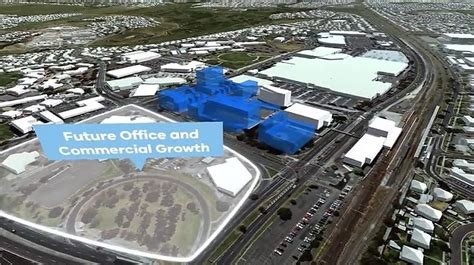
Banksia Gardens Social Housing Development
The project will deliver approximately 120 new social homes that are modern, well-designed, and energy-efficient on an underutilised site. A master plan guides the longer-term renewal of the neighbourhood, including future housing, improved open spaces, and community connections.
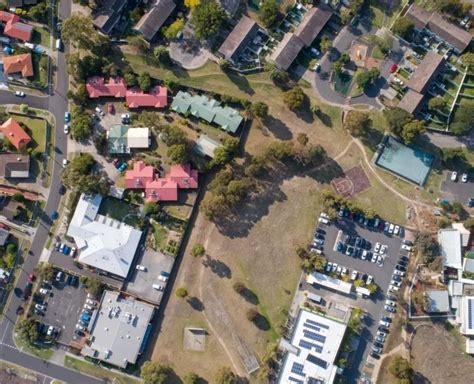
Parkview Broadmeadows
Townhouse community of approx. 65 architect designed 2, 3 and 4 bedroom homes by Met Communities / Moment Group, arranged around a centrally located park of about 7,500 sqm with walking and bike connections to Meadowlink Reserve. Sales underway (Stage 1 sold out; Stage 2 now selling) with civil works commenced, delivering a mix including a small portion for an affordable housing provider under the Inclusionary Housing Pilot.
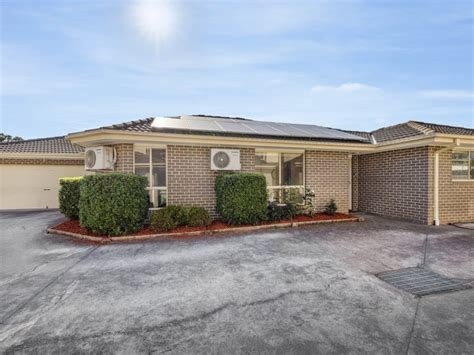
18-22 Howes Street Apartments by Artisan Architects
84-unit residential development featuring 1 and 2 bedroom apartments in 5-6 storey buildings. Designed by Artisan Architects with landscape design by Human Habitats. Modern apartments with open-plan living and high ceilings.
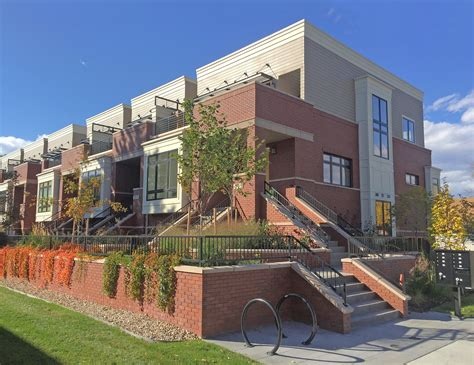
Employment
Employment performance in Gladstone Park - Westmeadows has been below expectations when compared to most other areas nationally
Gladstone Park-Westmeadows has a skilled workforce with notable representation in the construction sector. The unemployment rate was 6.2% as of June 2024.
Employment growth over the past year was estimated at 4.2%. As of June 2025, 9,506 residents are employed while the unemployment rate is 1.6% higher than Greater Melbourne's rate of 4.6%. Workforce participation lags behind Greater Melbourne at 57.9%. Employment is concentrated in construction, health care & social assistance, and transport, postal & warehousing.
Transport, postal & warehousing has particularly high employment levels at 1.8 times the regional average. Professional & technical services have limited presence with 5.9% employment compared to 10.1% regionally. Over the year to June 2025, employment increased by 4.2% while labour force increased by 4.4%, leading to a slight rise in unemployment rate of 0.1 percentage points. By comparison, Greater Melbourne had employment growth of 3.5%. State-level data from Sep-25 shows Victoria's employment grew by 1.08% year-on-year, with the state unemployment rate at 4.7%. National forecasts from Jobs and Skills Australia project overall employment growth of 6.6% over five years and 13.7% over ten years. Applying these projections to Gladstone Park-Westmeadows's current employment mix suggests local growth of approximately 6.1% over five years and 12.7% over ten years.
Frequently Asked Questions - Employment
Income
Income levels align closely with national averages, indicating typical economic conditions for Australian communities according to AreaSearch analysis
Gladstone Park - Westmeadows had a median taxpayer income of $52,992 and an average of $62,580 according to postcode level ATO data aggregated by AreaSearch for the financial year 2022. These figures were below Greater Melbourne's median income of $54,892 and average income of $73,761. Based on Wage Price Index growth of 10.11% from financial year 2022 to March 2025, estimated incomes would be approximately $58,349 (median) and $68,907 (average). According to census data, household income ranked at the 42nd percentile ($1,600 weekly), while personal income was at the 24th percentile. The largest income segment consisted of 32.3% earning $1,500 - $2,999 weekly (5,919 residents). Housing affordability pressures were severe, with only 84.5% of income remaining, ranking at the 43rd percentile. The area's SEIFA income ranking placed it in the 4th decile.
Frequently Asked Questions - Income
Housing
Gladstone Park - Westmeadows is characterized by a predominantly suburban housing profile, with above-average rates of outright home ownership
Dwelling structure in Gladstone Park - Westmeadows, as evaluated at the 2016 Census, comprised 89.2% houses and 10.8% other dwellings. In comparison, Melbourne metro had 87.6% houses and 12.4% other dwellings. Home ownership in Gladstone Park - Westmeadows was 40.1%, with mortgaged dwellings at 39.1% and rented ones at 20.8%. The median monthly mortgage repayment was $1,900, above Melbourne metro's $1,834 average. Median weekly rent in the area was $371, compared to Melbourne metro's $369. Nationally, Gladstone Park - Westmeadows' mortgage repayments were higher than Australia's average of $1,863, while rents were less than the national figure of $375.
Frequently Asked Questions - Housing
Household Composition
Gladstone Park - Westmeadows has a typical household mix, with a lower-than-average median household size
Family households constitute 75.9% of all households, including 35.0% couples with children, 25.1% couples without children, and 14.6% single parent families. Non-family households account for the remaining 24.1%, with lone person households at 22.3% and group households comprising 1.9%. The median household size is 2.6 people, which is smaller than the Greater Melbourne average of 3.2.
Frequently Asked Questions - Households
Local Schools & Education
Gladstone Park - Westmeadows shows below-average educational performance compared to national benchmarks, though pockets of achievement exist
The area has university qualification rates of 19.2%, significantly lower than the Greater Melbourne average of 37.0%. Bachelor degrees are most prevalent at 14.1%, followed by postgraduate qualifications (3.2%) and graduate diplomas (1.9%). Vocational credentials are held by 34.6% of residents aged 15 and above, with advanced diplomas at 11.2% and certificates at 23.4%. Educational participation is high, with 27.3% of residents currently enrolled in formal education.
This includes 8.8% in primary education, 7.7% in secondary education, and 4.5% pursuing tertiary education. The five schools in Gladstone Park - Westmeadows have a combined enrollment of 2,921 students. These schools demonstrate typical Australian school conditions (ICSEA: 1008) with balanced educational opportunities, comprising four primary and one secondary school serving distinct age groups.
Frequently Asked Questions - Education
Schools Detail
Nearby Services & Amenities
Transport
Transport servicing is good compared to other areas nationally based on assessment of service frequency, route connectivity and accessibility
Gladstone Park - Westmeadows has 75 active public transport stops, all of which are bus stops. These stops are served by 9 different routes that together facilitate 3,900 weekly passenger trips. The area's transport accessibility is considered good, with residents on average being located 268 meters from the nearest stop.
On a daily basis, there are an average of 557 trips across all routes, which amounts to approximately 52 weekly trips per individual stop.
Frequently Asked Questions - Transport
Transport Stops Detail
Health
Health performance in Gladstone Park - Westmeadows is lower than average with common health conditions somewhat prevalent across the board, though to a slightly higher degree among older age cohorts
Gladstone Park - Westmeadows faces significant health challenges with common health conditions somewhat prevalent across all age groups but more so among older cohorts.
Approximately 51% of its total population (~9,364 people) has private health cover, slightly lower than the average SA2 area. The most common medical conditions are arthritis and asthma, affecting 8.8 and 7.4% of residents respectively. However, 68.1% of residents declared themselves completely clear of medical ailments compared to 76.3% across Greater Melbourne. The area has a higher proportion of seniors aged 65 and over at 21.1%, with 3,859 people falling into this category compared to the 10.8% in Greater Melbourne. Health outcomes among seniors require more attention than those of the broader population due to presenting challenges.
Frequently Asked Questions - Health
Cultural Diversity
Gladstone Park - Westmeadows was found to be more culturally diverse than the vast majority of local markets in Australia, upon assessment of a range of language and cultural background related metrics
Gladstone Park-Westmeadows was found to be more culturally diverse than most local areas, with 31.6% of its population born overseas and 33.2% speaking a language other than English at home. The predominant religion in Gladstone Park-Westmeadows is Christianity, comprising 61.2% of the population. Islam, however, is substantially underrepresented compared to Greater Melbourne, making up only 8.8%.
In terms of ancestry, the top groups are Australian (19.3%, higher than the regional average of 13.7%), English (17.6%, also higher), and Other (16.6%, notably lower than the regional average of 36.9%). There are notable divergences in certain ethnic groups: Italian is overrepresented at 11.7% compared to the regional average of 6.8%, Lebanese at 3.3% versus 4.2%, and Maltese at 2.4% versus 1.8%.
Frequently Asked Questions - Diversity
Age
Gladstone Park - Westmeadows's median age exceeds the national pattern
Gladstone Park - Westmeadows has a median age of 41 years, which is significantly higher than the Greater Melbourne average of 37 and slightly older than the Australian median of 38. Compared to the Greater Melbourne average, the 65-74 age group is notably over-represented in Gladstone Park - Westmeadows at 10.8%, while the 25-34 age group is under-represented at 12.4%. According to the 2021 Census, the 75-84 age group has grown from 6.5% to 7.9% of the population in Gladstone Park - Westmeadows, while the 65-74 cohort has declined from 11.6% to 10.8%. Demographic modeling suggests that by 2041, Gladstone Park - Westmeadows' age profile will evolve significantly. The 75-84 age group is projected to grow by 74%, adding 1,067 residents to reach a total of 2,517. The 0-4 age group shows more modest growth at 8%, with an addition of 88 residents.
